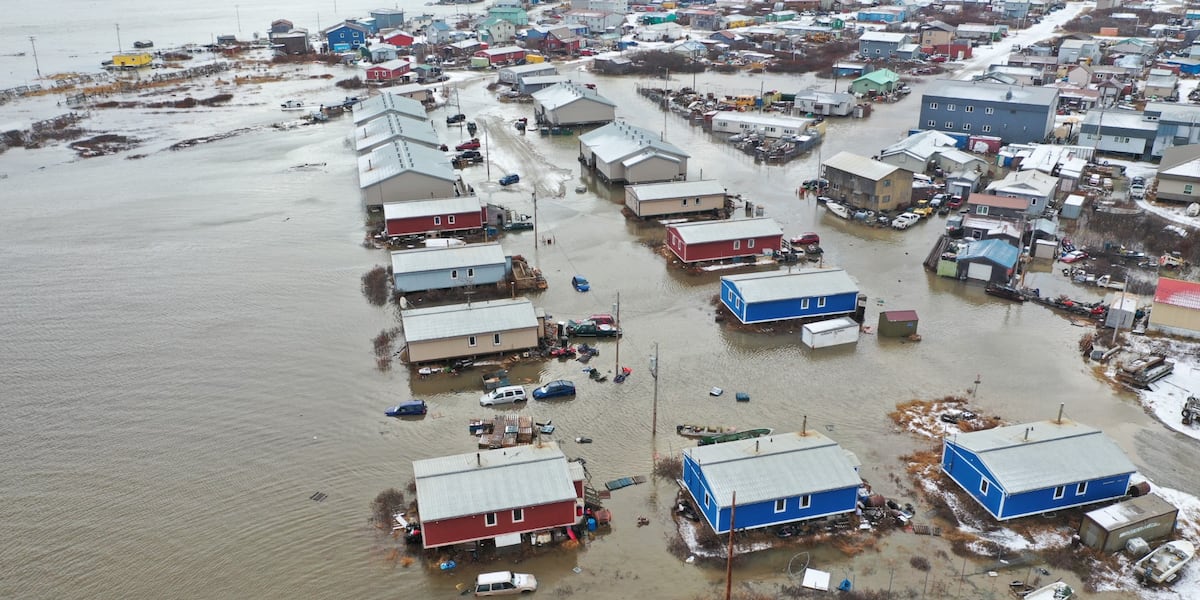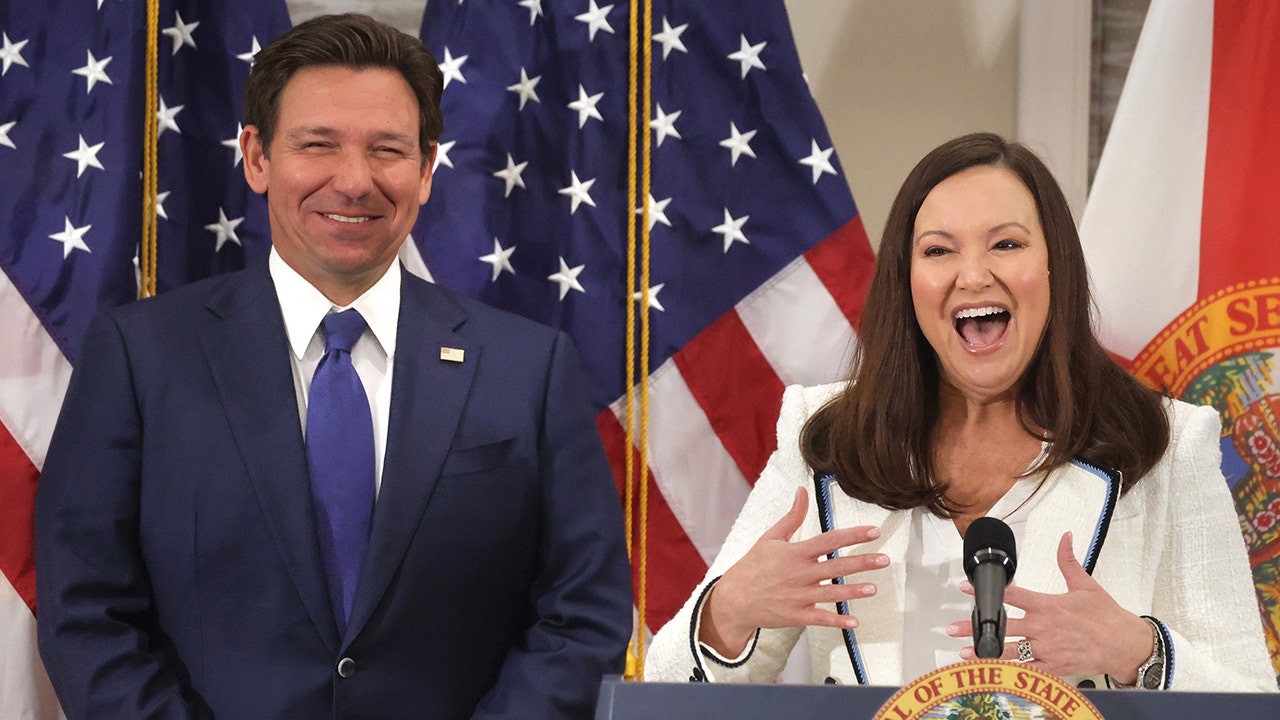Trial courts are one of the most important institutions of law, according to notable U.S. Circuit Judge Jerome Frank. In his book “Courts on Trial: Myth and Reality in American Justice,” Judge Frank compared what trial courts are supposed to do with what they actually do.
He catalogued: “grave injustices that arise not only from the use of faulty procedures, but also from the inability of those with limited resources to cope with them.”
His Honor could’ve been describing what trial courts in Alaska do to people with mental illness. Those injustices were documented in March in a report on 30 consecutive forcible commitment and drugging cases. The report revealed a systemic denial of due process.
These pervasive rights violations can occur because the proceedings are nearly always held in secret — ostensibly to protect the privacy of the individual with mental illness, aka “the respondent.” What the secrecy enables is sham court proceedings that rubber-stamp forcible commitment and drugging because our Legislature has defunded community-based mental health treatment for decades. The Anchorage Daily News has described it as a “warehousing model of asylums.”
Last month, our state Supreme Court shined a brief light on one such grave injustice in “In the Matter of the Necessity for the Hospitalization of Sergio F.” In a unanimous opinion, the five justices held that Sergio, a pseudonym, was forcibly committed to Alaska Psychiatric Institute for 90 days without due process.
The opinion’s comments about how that happened reveal failures of the state attorney seeking involuntary commitment, the assistant public defender representing Sergio, the master who made recommendations to the trial court and the trial court that rubber-stamped them.
The justices first reiterated that, “involuntary commitment for a mental illness (is) a ‘massive curtailment of liberty’ that demands due process of law.’”
Then the Court held, as it has repeatedly, that to forcibly commit Sergio, the state must prove two things by clear and convincing evidence. First, that Sergio was mentally ill and as a result likely to cause harm to himself or others, or was gravely disabled. Second, that no less restrictive alternative to forcible commitment existed. This second requirement was largely ignored by all.
The state didn’t address any less restrictive alternative — other than to oppose Sergio’s proposed plan to voluntarily take his medication, reside with a friend, and receive outpatient treatment. Recognizing this omission, on appeal the state argued that the trial court’s finding Sergio was gravely disabled, meant involuntary commitment was “necessarily the least restrictive alternative.”
The Supreme Court called out that senseless assertion — noting it would eliminate the least restrictive alternative requirement. A finding the person is gravely disabled doesn’t mean there aren’t treatment alternatives short of forcible commitment that could address the person’s disability.
Addressing the trial court’s failure, the justices said, “The lack of specific findings about possible less restrictive alternatives in this case is particularly concerning because we have explained that ‘the trial court’s deliberate consideration of (this) is crucial to the protection of (Sergio’s) liberty interests.”
The justices also observed there were “obvious questions” that should have been asked of the state psychiatrist: What less restrictive alternatives were considered? Why were those alternatives inadequate to protect Sergio and the public and provide for Sergio’s treatment needs?
Had the assistant public defender done that, Sergio might not have ended up forcibly committed to a warehouse psych ward. Even if he had been, at least his constitutional rights wouldn’t have been disregarded. How people are treated in our judicial system is critical to our confidence the system is fair and governed by the rule of law.
Sergio “won” on appeal — long after his 90-day confinement was held unconstitutional by the Supreme Court. I don’t know if Sergio found any solace in that.
While the opinion reads like a legal win for Alaskans with mental illness, it may not result in any real change. It’s quite possible the lawyers for both sides, the masters, and the trial courts will simply give lip service to having considered less restrictive treatment alternatives, but, because the Legislature won’t fund proven, effective, less restrictive treatment, Alaskans with mental illness will still be forcibly warehoused and drugged.
There’s evidence that’s what happens. Sociologist Carol Warren observed commitment hearings in California and found the participants, despite their differing roles — psychiatrist, attorneys, or judge — tended to “cooperatively reach an outcome that they all agree is desirable: hospitalization of a person they believe is clearly in need of care.” This approach has received harsh criticism — with the hearing process being labelled a “charade” for failing to provide meaningful opportunity for vulnerable individuals to contest the substantial liberty curtailment they face.
The March report on 30 consecutive forcible commitment and drugging proceedings in Alaska revealed the same tendencies. The least restrictive alternative requirement was largely ignored or summarily dismissed by the state psychiatrist and the assistant public defender presented no contrary evidence.
May Sergio’s sacrifice not be in vain. May the Legislature heed the light our Supreme Court shined and fund proven less restrictive treatment. May the Public Defender Agency embrace the lesson about obvious questions and hold the state to its burden of proof. May the masters and judges of Alaska’s trial courts recognize their importance to ensuring that Alaskans with mental illness do not suffer grave injustices.
Val Van Brocklin is a former state and federal prosecutor in Alaska who now trains and writes on criminal justice topics nationwide. She lives in Anchorage.
The views expressed here are the writer’s and are not necessarily endorsed by the Anchorage Daily News, which welcomes a broad range of viewpoints. To submit a piece for consideration, email commentary(at)adn.com. Send submissions shorter than 200 words to letters@adn.com or click here to submit via any web browser. Read our full guidelines for letters and commentaries here.

:quality(70)/cloudfront-us-east-1.images.arcpublishing.com/adn/HMGIQSTSSNHLHDHZNB3SFN4D5A.jpg)




















/cdn.vox-cdn.com/uploads/chorus_asset/file/25822586/STK169_ZUCKERBERG_MAGA_STKS491_CVIRGINIA_A.jpg)

/cdn.vox-cdn.com/uploads/chorus_asset/file/25821992/videoframe_720397.png)




/cdn.vox-cdn.com/uploads/chorus_asset/file/23935558/acastro_STK103__01.jpg)